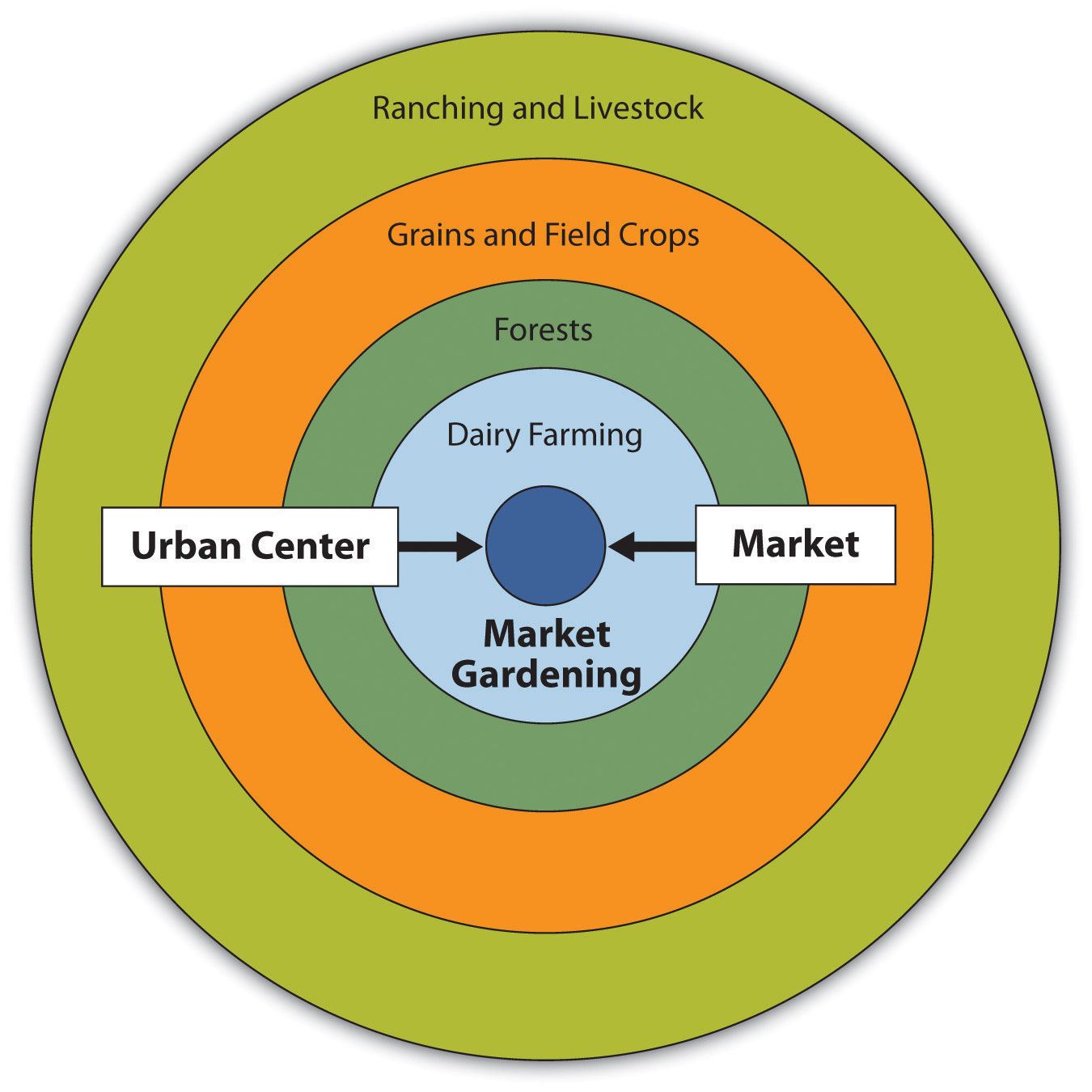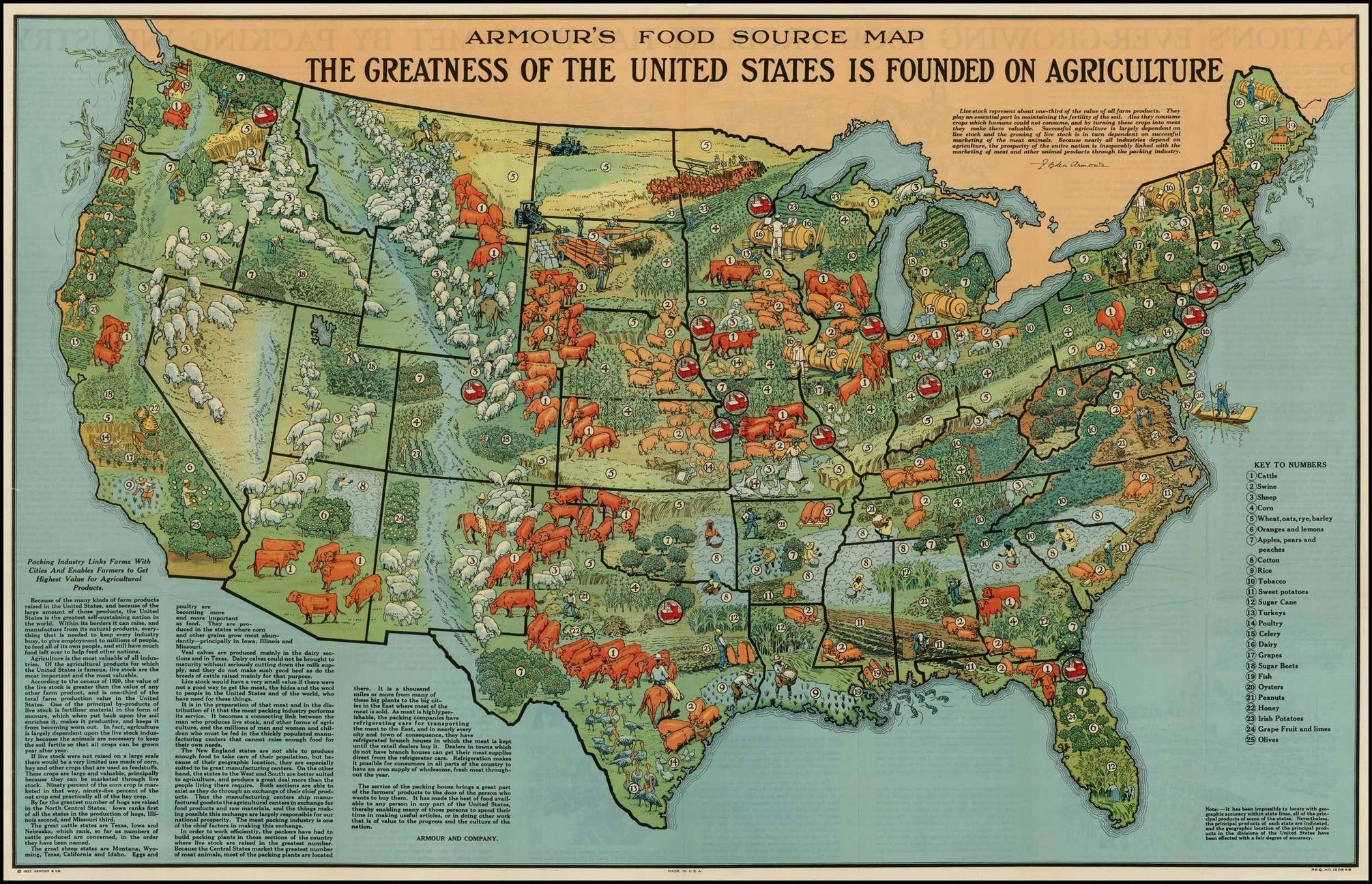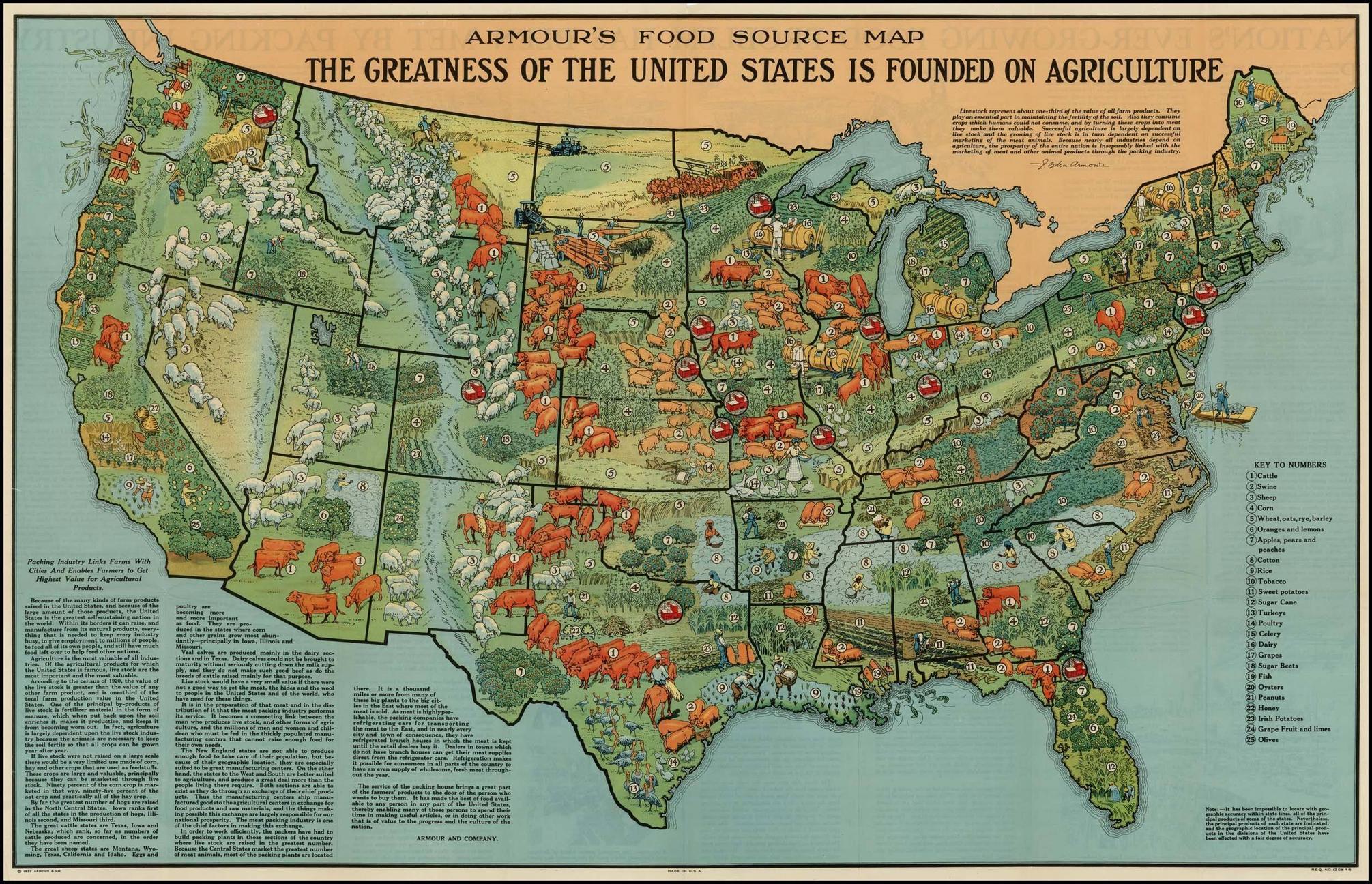The US farmer is the most productive in the history of the world. Interestingly, The World Factbook of the CIA reports that farming, fishing, and forestry represent only 0.7% of the US labor force. Food is more affordable, more abundant, and is safer in the United States than in any other developed country in the world. Although there is a trend toward fewer farms producing an increasing share of agricultural products in this country, US agriculture is positioned to provide for food and fiber needs on a global scale.
According to the 2012 Census of Agriculture—USDA’s complete accounting of US farms and ranches and the people who operate them—of the 2.1 million farms in the United States in 2012, 97 percent were family-owned operations. Only 3 percent of farms were non-family corporations, but they accounted for 16 percent of the value of all US agricultural products sold. Note that the USDA defines farm as any place from which $1,000 or more of agricultural products were produced and sold during the year. A family farm is owned and controlled by a family of related individuals.
The United States has more arable land (land suitable for growing crops) than any other nation in the world. Approximately 40 percent of all US land—totaling 915 million acres—was farmland. Of that farmland, 45.4 percent (415.4 million acres) was permanent pasture, 42.6 percent (389.8 million acres) was cropland, and 8.4 percent 76.9 million acres) was woodland. Farmsteads, buildings, and livestock facilities covered the remaining 3.6 percent (32.9 million acres) of farmland.
Farmland is most heavily concentrated in the middle of the United States. The Economic Research Service (ERS) of USDA reports that agriculture production occurs in each of the 50 states. However, that production is as diverse as the states themselves. California leads the country as the largest producer of crops and livestock, accounting for approximately 11 percent of the national total in terms of sales. Crop production is concentrated in California and the Midwest (Iowa, Illinois, Minnesota, and Nebraska) while livestock production is scattered across the country with Texas, Iowa, California, Nebraska, and Kansas leading in sales value.
Despite the growing population, the number of US farms in 2012 declined as compared to the 2007 Census of Agriculture, from 2.2 million to 2.1 million. The decrease in the number of farms is particularly evident in the Southeast and Midwest. During the same five-year period, the amount of land in farms changed very little but with minimal decline, resulting in slightly larger farms (average farm size was 4.34 acres in 2012). This modest decline is spread fairly evenly across the country. However, even this small loss of farmland is an important issue. Estimates vary among sources, but the Farmland Information Center—a partnership between American Farmland Trust and USDA’s Natural Resources Conservation Service—estimates that 50 acres of farmland is lost every hour to development.
In 2000, USDA’s ERS constructed a map of regions depicting geographic specialization in production of US farm commodities. The boundaries of these Farm Resource Regions are not constrained to state boundaries; they are bound within areas of similar physiographic, soil, and climatic traits, as reflected in USDA’s Land Resource Regions. The Land Resource Regions are geographically associated groups of major land resource areas that have broadly related patterns of soil, climate, water resources, and land use.
The commodities produced in these resource regions are the bases of innumerable consumer products. A commodity is a raw material (e.g., eggs, sugar, corn, beef, milk) or primary agricultural product that is bought and sold as an input in the production of goods. The commodity chain of an agricultural product is a complex system of the production, sale, and distribution of an end product.
For centuries, adequately feeding a growing population has prompted a number of theories regarding rural land use and food supply. Three of these theories are summarized below:
- Carl Sauer (1889-1975) was an American geographer who developed a theory called “cultural history” which involved gathering facts about humans’ impact on the environment over time. He believed that agriculture had an impact on the physical landscape. Sauer studied the creation of the “cultural landscape” which included general geography, regional geography, and historical geography, and the impact that humans have on the environment, i.e., human-environment relations. Most of Sauer’s research was conducted in Latin America and less industrialized areas of the United States.
- Ester Boserup (1910-1999) was a Danish agricultural economist who observed human-environment relationships. She challenged Thomas Malthus’ theory that population’s exponential growth would overcome agriculture’s geometric growth, thereby resulting in a starving population. Boserup believed that people addressing this challenge through technological change and the advancement of agricultural practices would feed an increasing population. In other words, although the rate of food supply may vary, the population never exceeds what the environment can sustain, because every time the food supply nears its limit, there is an invention or development that causes it to increase. Boserup developed her ideas in connection with traditional farming systems in Southeast Asia, but her ideas have been applied to global agricultural patterns.
 Johann Heinrich von Thünen (1783-1850) was a farmer and amateur economist who studied the relationship between land cost and transportation costs in an isolated state. Typically, the closer one gets to a city, the higher the price of land. Farmers of the isolated state balance the cost of transportation, land, and profit, and produce the most cost-effective product for market. Consequently, von Thünen theorized that—based on several limiting assumptions—in an isolated state, a pattern of four agricultural rings would emerge around a city. Starting closest to a central city, these rings include intensive farming and dairying, forest, extensive field crops, and ranching.
Johann Heinrich von Thünen (1783-1850) was a farmer and amateur economist who studied the relationship between land cost and transportation costs in an isolated state. Typically, the closer one gets to a city, the higher the price of land. Farmers of the isolated state balance the cost of transportation, land, and profit, and produce the most cost-effective product for market. Consequently, von Thünen theorized that—based on several limiting assumptions—in an isolated state, a pattern of four agricultural rings would emerge around a city. Starting closest to a central city, these rings include intensive farming and dairying, forest, extensive field crops, and ranching.

 Johann Heinrich von Thünen (1783-1850) was a farmer and amateur economist who studied the relationship between land cost and transportation costs in an isolated state. Typically, the closer one gets to a city, the higher the price of land. Farmers of the isolated state balance the cost of transportation, land, and profit, and produce the most cost-effective product for market. Consequently, von Thünen theorized that—based on several limiting assumptions—in an isolated state, a pattern of four agricultural rings would emerge around a city. Starting closest to a central city, these rings include intensive farming and dairying, forest, extensive field crops, and ranching.
Johann Heinrich von Thünen (1783-1850) was a farmer and amateur economist who studied the relationship between land cost and transportation costs in an isolated state. Typically, the closer one gets to a city, the higher the price of land. Farmers of the isolated state balance the cost of transportation, land, and profit, and produce the most cost-effective product for market. Consequently, von Thünen theorized that—based on several limiting assumptions—in an isolated state, a pattern of four agricultural rings would emerge around a city. Starting closest to a central city, these rings include intensive farming and dairying, forest, extensive field crops, and ranching.